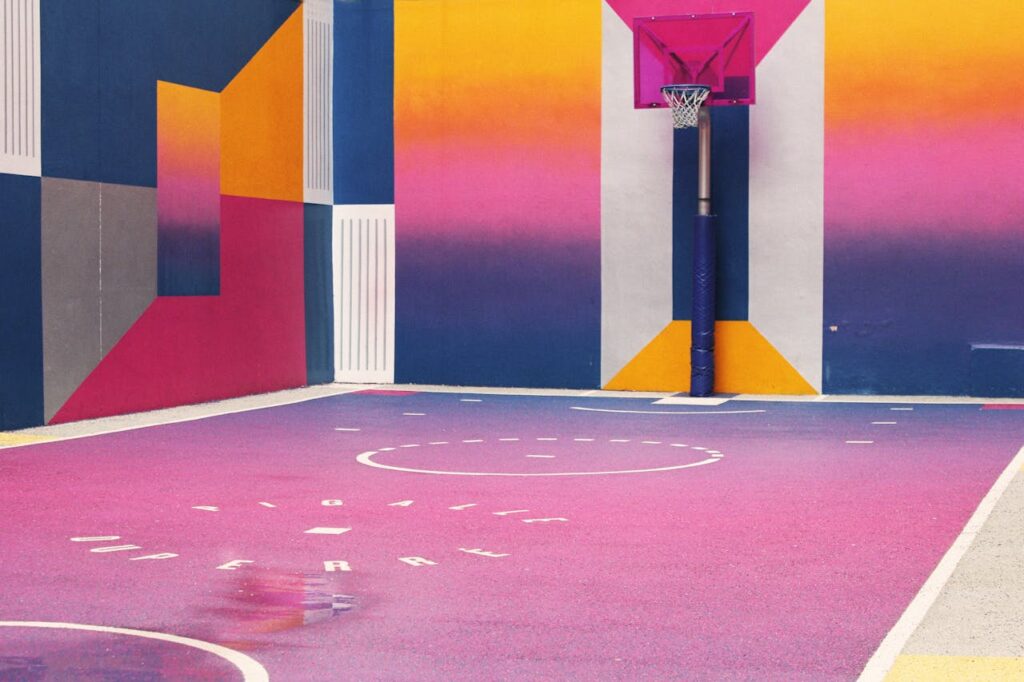Color is a powerful tool in photography that can evoke emotions, set the mood, and convey meaning. Understanding the psychology of color can significantly enhance your storytelling abilities and the emotional impact of your images. Here’s a breakdown of how different colors influence viewers’ perceptions and feelings:
1. Red
- Emotions: Passion, love, anger, urgency.
- Use in Photography: Red can create a sense of excitement or intensity. It’s often used in romantic settings or to draw attention to a specific subject. Think of a red dress in a crowd or vibrant red flowers in a serene landscape.
2. Blue
- Emotions: Calm, trust, sadness, tranquility.
- Use in Photography: Blue can evoke feelings of serenity and peace, making it ideal for landscapes or portraits where you want to convey calmness. Cooler tones can also suggest sadness or isolation, depending on the context.
3. Yellow
- Emotions: Happiness, energy, caution.
- Use in Photography: Yellow is vibrant and attention-grabbing, often associated with cheerfulness and warmth. It can be used to add a sunny, uplifting element to a composition, but in high doses, it may also suggest caution or anxiety.
4. Green
- Emotions: Growth, harmony, freshness, tranquility.
- Use in Photography: Green is often associated with nature and renewal. It can evoke feelings of balance and peace, making it perfect for landscapes, botanical photography, or any setting that celebrates the outdoors.
5. Purple
- Emotions: Luxury, mystery, creativity.
- Use in Photography: Purple can convey a sense of sophistication and elegance. It’s often used in artistic portraits or fashion photography to suggest creativity and depth.
6. Orange
- Emotions: Enthusiasm, warmth, excitement.
- Use in Photography: Orange combines the energy of red and the happiness of yellow, making it an inviting and dynamic color. It’s often used in food photography to create a sense of warmth and comfort.
7. Black
- Emotions: Power, elegance, mystery, grief.
- Use in Photography: Black can create a sense of sophistication and drama. It’s frequently used in high-contrast images to emphasize form and texture or in portraiture to convey depth and intensity.
8. White
- Emotions: Purity, simplicity, innocence.
- Use in Photography: White can create a clean and minimalistic feel, emphasizing space and simplicity. It’s often used in fashion photography to create a fresh, modern look.
Practical Tips for Using Color
- Color Palettes: Consider the overall color scheme of your image. Complementary colors (opposite on the color wheel) can create vibrant contrasts, while analogous colors (next to each other) offer harmony.
- Context Matters: The emotional response to color can vary depending on cultural backgrounds and personal experiences. Be mindful of your audience.
- Editing Techniques: Use editing software to enhance or manipulate colors. Subtle changes in hue, saturation, or brightness can significantly affect the mood of your image.
- Storytelling: Think about what story you want to tell. Colors can guide viewers’ emotions and interpretations of your photographs.
Conclusion
Mastering the psychology of color in photography allows you to convey deeper messages and connect more profoundly with your audience. Experiment with different colors in your compositions, and pay attention to how they affect the mood and narrative of your images. Ultimately, color is not just a visual element; it’s a storytelling tool that can enhance the emotional resonance of your work.
